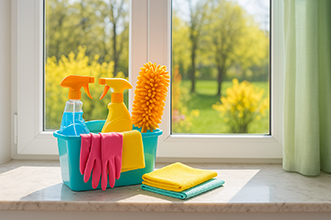Bug Off! How to Prevent Pests in Your Home
Ready to get started?
Window World offers free in-home consultations! Click below to schedule today!
Get started!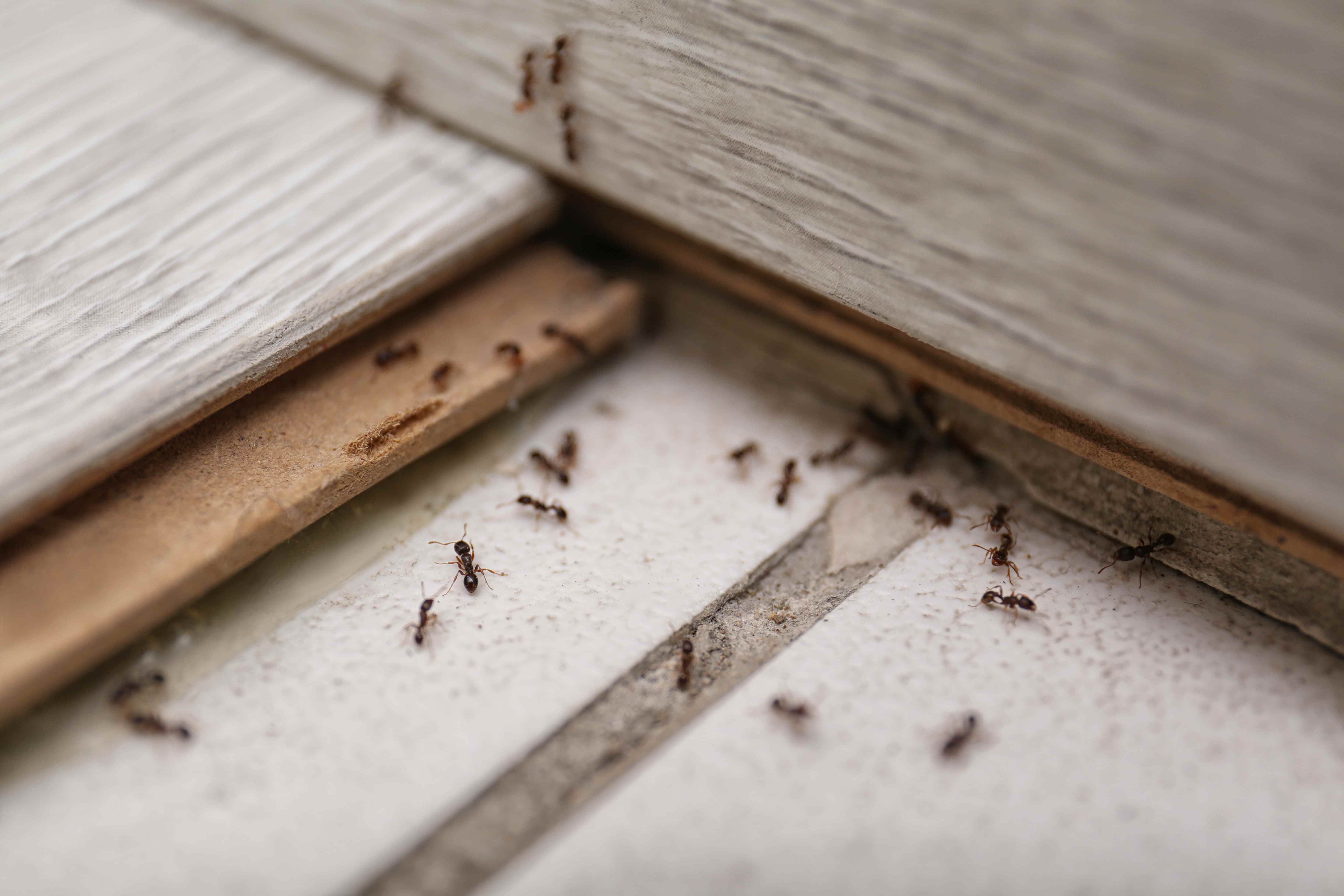
Tips that can keep bugs from getting inside
We admit insects have their place, but it’s not inside our homes. Bugs and pests can spread disease, are often annoying and sometimes just plain nasty. The best way to get rid of bugs in your home is to never let them inside in the first place. Here are 10 ways to keep bugs in their place and your home pest-free.
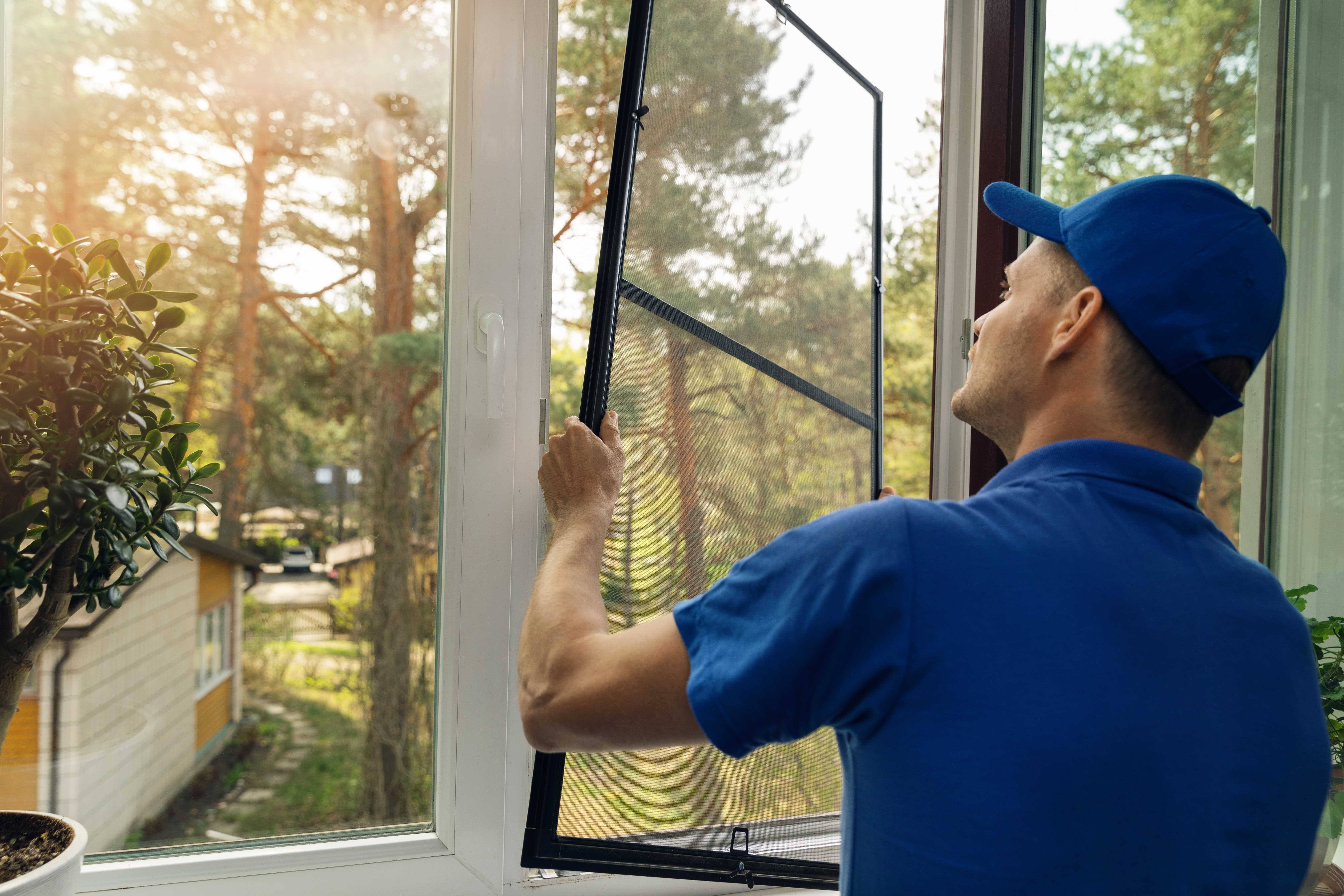
1. Seal all doors and windows.
That front door welcome mat does not apply to insects. Make sure there are no obvious cracks in your entry door or framework and check the weatherstripping to ensure it’s still providing a good seal.
Inspect all windows throughout your home, including your basement hopper windows and attic windows, for gaps where bugs can get in. Use caulk to seal cracks or openings to block insect infiltration in these areas or consider replacing old windows with new energy-efficient windows. You’ll lock out the bugs and reduce your year-round energy use!
As well, you’ll want to check your window screens for any damage or holes in the mesh. The screen should fit securely and cover the entire window opening without gaps where bugs can work their way in.
2. Caulk all cracks and crevices – inside and out.
You may have to do some serious investigating to find all the potential points of insect entry into your home. Once again, look in the attic and in your basement or crawl space for cracks and openings where utility lines, plumbing, and kitchen or dryer vents enter the home. If caulking isn’t feasible, stuff steel wool into the openings to help keep the bugs out.
While you’re in the attic, cover air vents and exhaust fans with appropriate mesh screening that will not only block insects but also other pests such as birds, bats, and squirrels.
Check baseboards, cabinetry, and closets on the home’s perimeter walls that may hide openings. Use spray foam products or caulk to seal these areas or wire mesh to cover, depending on which application works best.
Although covering air vents with mesh and sealing cracks around windows and doors are effective ways to keep the pests away, you may prefer a more long-term solution. Installing new windows will keep the bugs out, while also keeping your home cooler in the summer and warmer in the winter with less energy use. Today’s high-performance, low-maintenance windows are expertly crafted to beautify your home, while sealing out inclement weather and pesky insects – all of which can save you time, money and frustration in the long run.
3. Eliminate sources of water.
Just like humans, most bugs can’t live without water. Check throughout your home for any spills or plumbing leaks in bathrooms, kitchens, and basements. Don’t leave pet water bowls out overnight, and even check under houseplants for drainage. You may also want to check the tray under your refrigerator to make sure there’s no standing water.
Times of drought make your home particularly appealing to bugs seeking a drink, which is why you’ll often come across bugs in bathrooms, kitchens, and anywhere there is a drain. To prevent these creepy crawlers from setting up camp, clean your drains regularly and purchase a drain cover.
As well, heavy rains can cause water to collect under your home and other areas, so take care to install proper drainage to discourage bugs from coming into your home and through your windows.
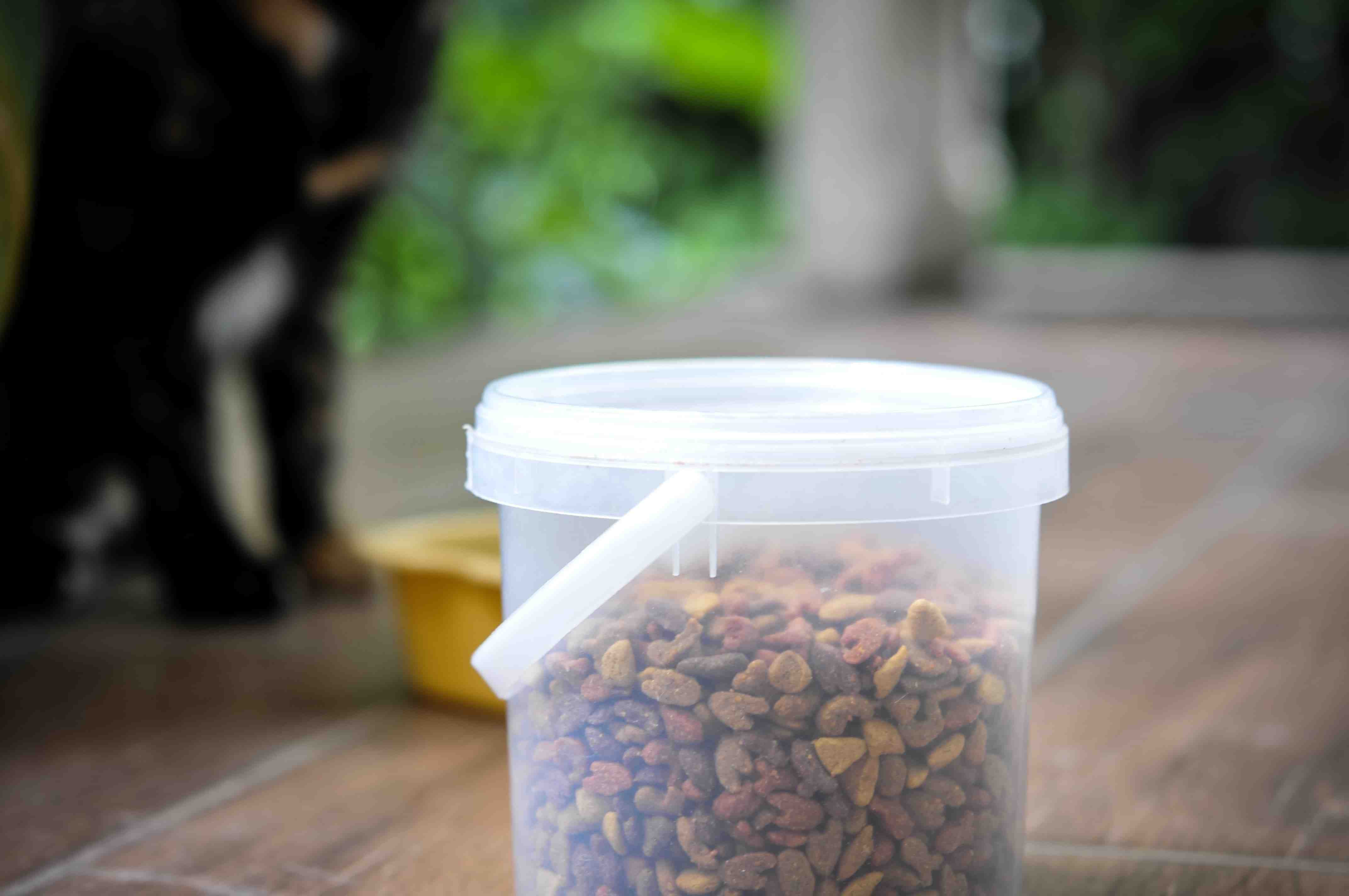
4. Eliminate sources of food.
Keep your kitchen spic and span. Wipe down counters and cooktops regularly throughout the day and vacuum or sweep floors of all crumbs. Mop or wipe up spills, and don’t leave pet food uncovered overnight. Keeping all pet food containers well sealed, including bird seed and hamster food, can lower your chances of insects finding their way inside.
Keep pantry items sealed in plastic or glass containers. Use a covered kitchen trash can, remove garbage often, and keep the can clean; the same goes for recycling bins. The empty, soiled packaging for recycling should be emptied often, or the bins kept outdoors.
Now, search your home for other food sources. Check what’s stowed under your kids’ beds or in their backpacks. Look under sofas, chairs, and sofa cushions for cracker crumbs, candy, or popcorn – it’s a feast for any pest and an open invitation for them to make their way inside.
5. Is there a surprise in that package?
Bugs love cardboard boxes, paper grocery bags, and shopping bags. Before you bring these items inside your home, check the contents – especially if you receive any type of meal subscription service. Don’t allow packaging items, stacks of newspapers, or cardboard to clutter up your house and provide a safe haven for bugs to settle in.
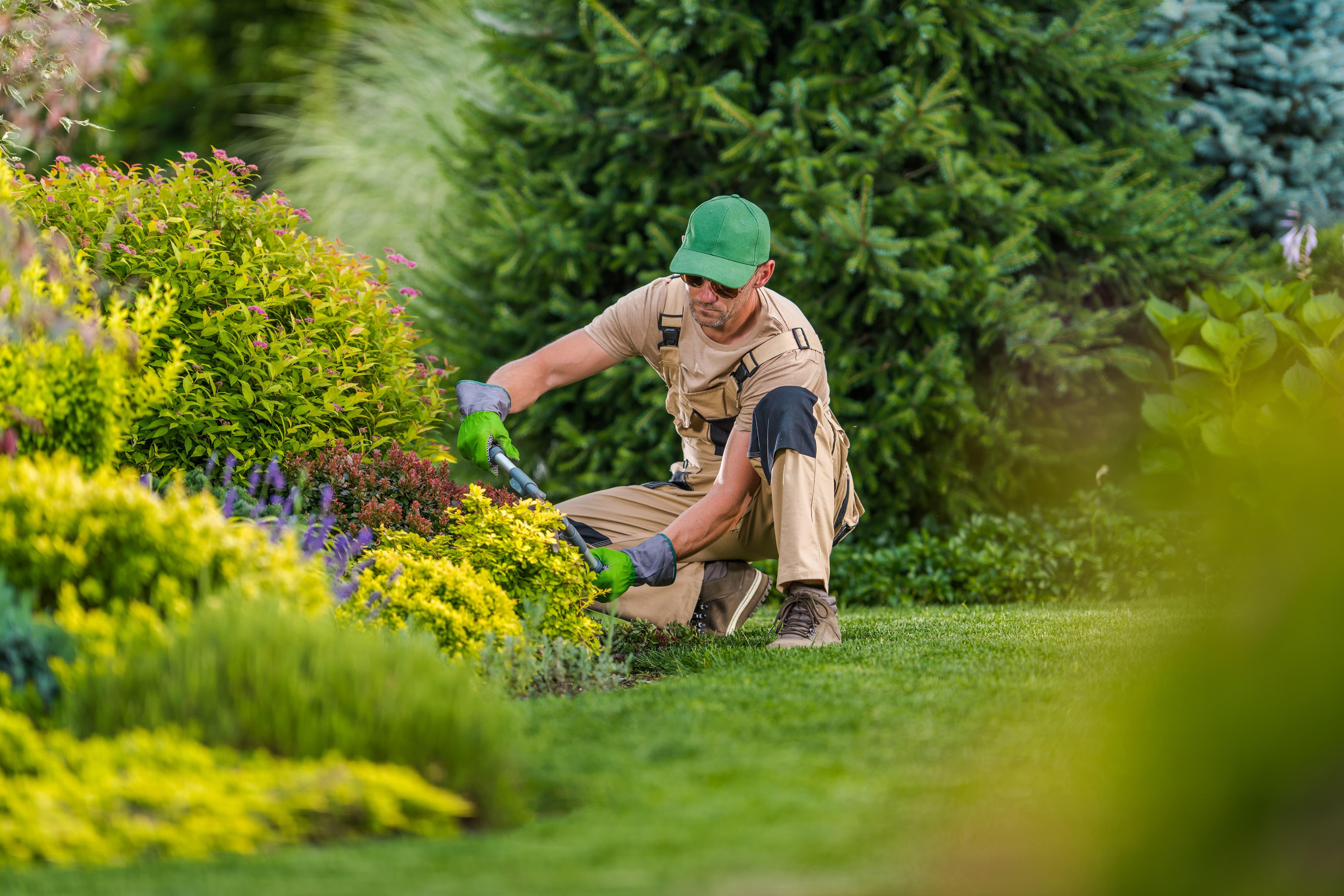
6. Clear exterior walls of buggy invitations.
Trim trees and shrubbery 12 to 14 inches away from your roof, walls, and exterior vinyl siding to keep bugs from crawling onto your home and coming in through the windows. Pests also love to burrow into mulch, so be sure to keep mulch and pine straw away from foundation walls. Clear away any other organic matter such as wilted annual plants and fallen leaves from the foundation, too.
Unsealed or old garage doors can also be easy access for bugs and pests to get into your home. Cracks and decaying wood are the perfect opportunities for them to make an entrance, but you can prevent this. Getting a new garage door or repairing your current one can mean good riddance of any and all pests.
7. Eliminate standing water outside of your house.
Pet bowls, birdbaths, plant trays, baby pools, and puddles invite bugs in for a drink and mosquitoes to breed. Be sure to empty or refresh the water often.
8. Attract bats and birds to your yard.
You may hate bugs, but birds and bats are crazy for them. Just one bat can eat as many as 6,000 to 8,000 insects in one night! So, it makes sense to invite them into your yard with bat houses, bird feeders, and birdhouses. Just make sure they don’t get into your home and nest.
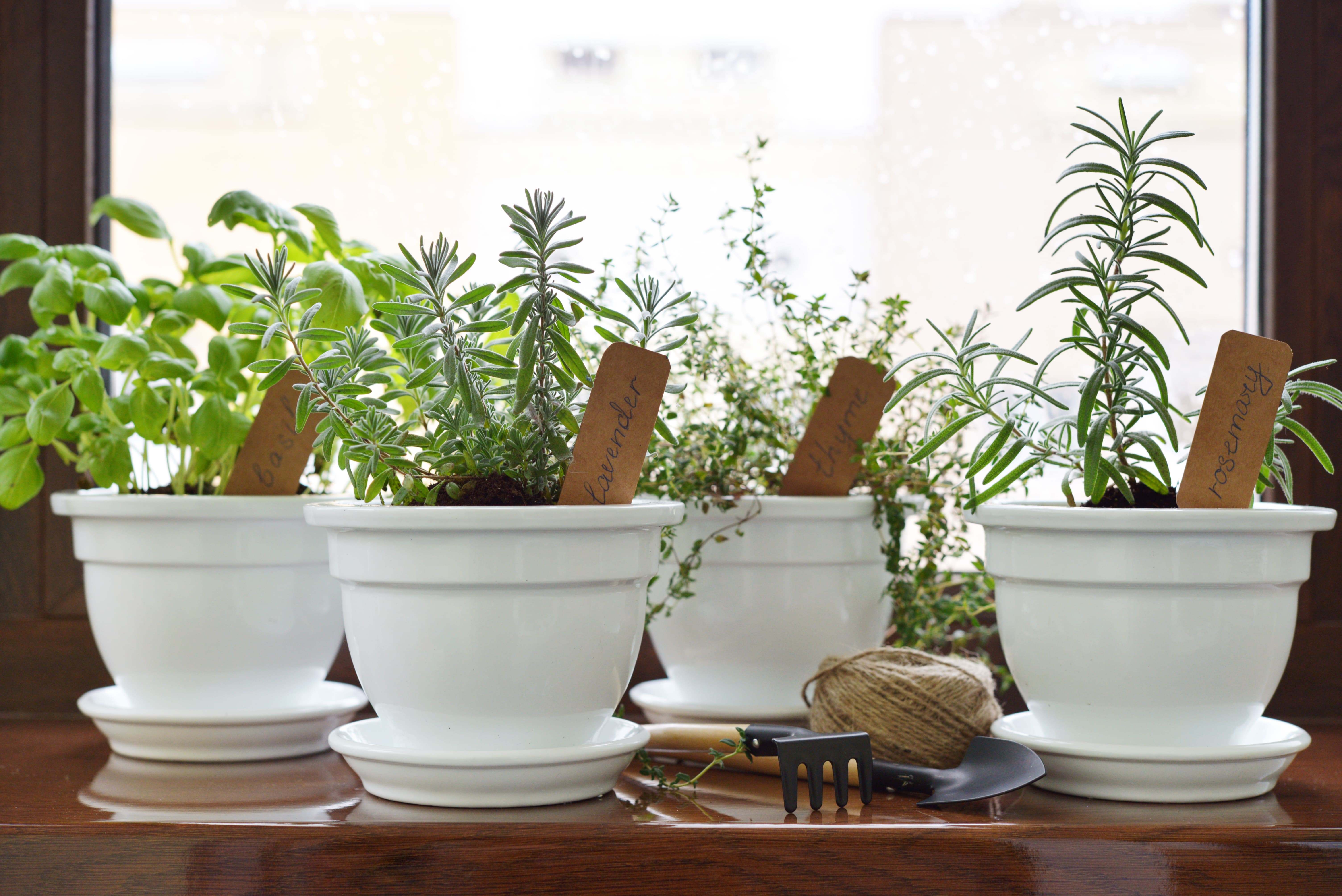
9. Let your houseplants do the work.
The scent of lavender and rosemary may be heavenly to humans, but bugs like mosquitoes turn up their noses to it. Moths, fleas, and mosquitoes hate the smell of lavender; the fragrance of some mint varieties also can help repel mosquitoes, flies and spiders.
If houseplant upkeep is too difficult, consider using a diffuser with essential oils of these same scents to refresh your home and deter bugs. Using eucalyptus oil in your diffuser confuses mosquitoes’ sense of direction, so they find it hard to land on your skin. (It smells fresh, too!)
10. Use natural elements and sprays to attract and deflect.
Fruit flies are notorious pests that seem to suddenly appear at the first sight of fresh fruit in the kitchen. But did you know they’re big drinkers? Set a small dish of white wine on your counter, and they’ll drink ‘til they drown.
When ants come marching one by one into your kitchen, find the source of their trail and spray it with a mixture of vinegar and water. Vinegar is great for cleaning countertops, windows, and more, and now you can use it to help keep your home free of bugs.
There are many natural DIY insect deterrents you can try to keep your home pest-free. Did you know sliced onions in a bowl of water repels bugs? And something as simple as pouring boiling water over a nasty nest of elder beetles will put a stop to them collecting on your vinyl siding. It’s worth a try.
As you inspect your home for ways to keep out bugs and pests, give a thought to replacing doors and windows with energy-efficient, well-sealed, functional, and durable products from Window World. Trust your friends at Window World to help you put your ideas in motion. Schedule your free in-home consultation and quote today. Find a store near you.

